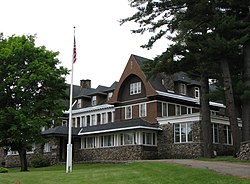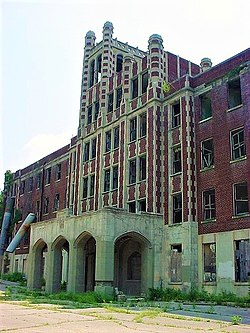List





The following is a list of notable sanatoria (singular: sanatorium) in the United States. Sanatoria were medical facilities that specialized in treatment for long-term illnesses. Many sanatoria in the United States specialized in treatment of tuberculosis in the twentieth century prior to the discovery of antibiotics.





{{cite book}}: ISBN / Date incompatibility (help)